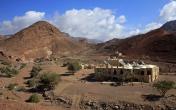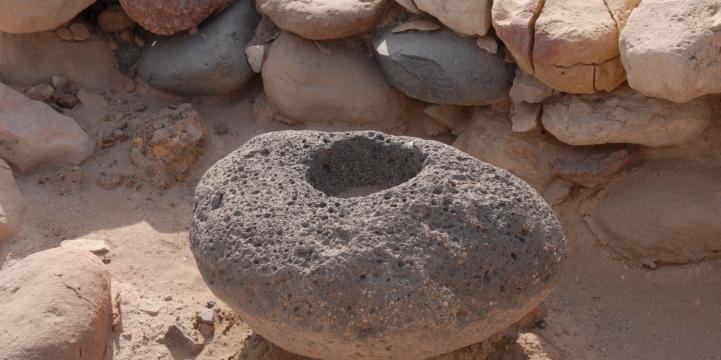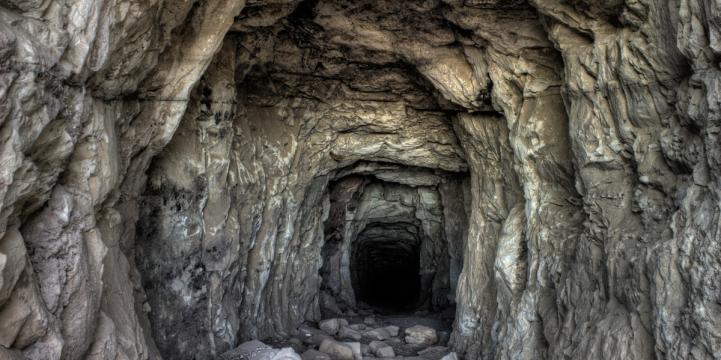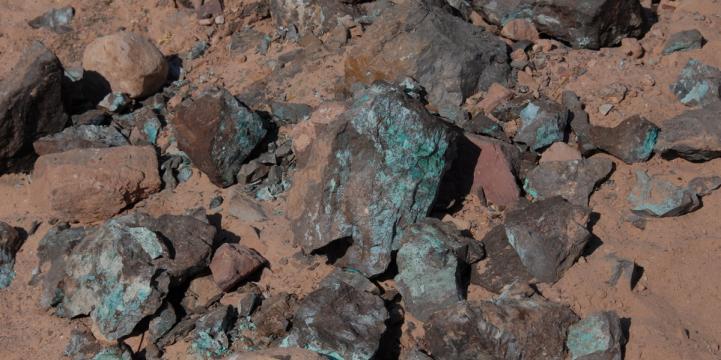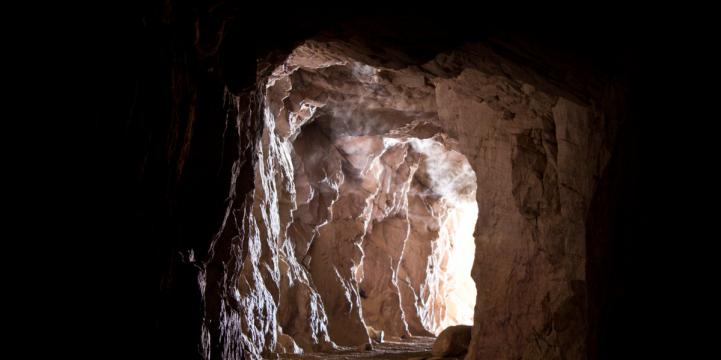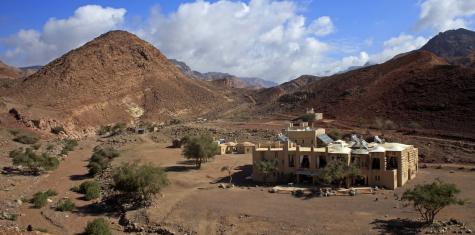The spectacular landscape of the Feynan area and the communities that live within it, host an extraordinary history. While research is still in progress, it can be said Feynan has one of the longest sequences of human settlement in the world. Feynan is home to some of humanity’s first communities and is one of the oldest and most important centres of sustained copper exploitation in the ancient world, and one of the best preserved due to the lack of modern mining.
The first communities
While human presence in the area could go as far back as 450,000 years ago, it is in the Neolithic (10,000-5,000 BC) that Feynan makes its first significant contribution to history. During the Neolithic there was a fundamental shift in human development as people moved from nomadic, hunter-gatherer behaviour and started to experiment with permanent settlements, houses, agriculture, animal domestication and communal religion for the first time. The foundation of the lives we know today is laid during this time.

The beginnings of copper production
Copper ore was being extracted from the earth from as early as the Neolithic and was used in its natural form for jewellery and decoration. From 5000 BC, it was transported across to the Negev, where it was processed into the pure metal. From 3600 BC, in the Early Bronze Age, the people of Feynan began smelting the copper ore themselves.
Remains of villages around Feynan show evidence of workshops for producing copper, as well as other crafts such as beads, pottery and weaving. Later, larger sites contain a ‘production line’ to make copper objects. There are many mines and smelting sites throughout the Feynan area, collectively producing around 300-500 tonnes of copper metal in total in the Early Bronze Age.
Iron Age industry and Biblical destination
During the Iron Age (1200BC – 500 BC) copper production in Feynan reached an industrial scale. This industrial activity is associated with the Edomite kingdom and Feynan is mentioned three times in the Biblical Old Testament (Genesis 36, 1 Chronicles 1 and Numbers 33) as Pinon / Punon, including as a stop on the Israelites’ exodus out of Egypt.
The riches that copper offered and the need to organise its production, was a part of the rise of the complex societies at this time. The centre of this production was north of Wadi Feynan, including a huge site with the remains of a fortress and administrative buildings to guard the precious metal. At the time its many furnaces would have illuminated the ancient night sky. Over 250 mines in the Feynan area date from this time, with an estimated 6500-13,000 tonnes of copper being produced throughout the Iron Age.
Roman imperial might
The scale of copper production in Feynan, then called Phaino, increased even further in the Roman period. It began around the end of the first century AD and became one of the largest mining centres in the Eastern Mediterranean. The main mine in the area, Umm Al-Amad, was the largest copper mine in the Roman Empire. During the few centuries of Roman production, 2500-7000 tonnes of copper were produced.
Feynan was part of a massive increase in industry in this period worldwide, the remnants of which have been detected in the remains of metals in the ice-sheets of Greenland. This industrial construction included specialised ‘Industrial Zone’ including water reservoirs, mills and field systems to process the copper and feed the large labour force needed in such works.
Christian slaves and Byzantine homage
Most labourers used in the Roman industry would have been paid and local. However a significant part of the work force were condemned criminals punished to ‘metalla’ – literally death by working in the mines. Workers in the mines and the smelters of the ore would have been exposed to toxic chemicals, dangerous working conditions and brutal treatment. The harshness of the punishment, and Phaino in particular, had an ‘empire-wide’ reputation, mentioned by ancient historians including Eusebius. One writer comments that a criminal:
‘should be sent away to the mines; and not simply any mine but to that of Phaino where even a condemned murderer is hardly able to live a few days.’
Amongst the criminals sent to Phaino were Christians, including those under the ‘Great Persecution’ starting in 303 AD. Such numbers arrived into Phaino at this time that a Christian community developed, until it was brutally purged by the Emperor Maximin, executing its leaders and all those unable to work. When the Roman Empire converted to Christianity, Feynan became a centre of pilgrimage to honour the martyrs who had died there, and was the seat of a Bishop. There are the remains of three churches, and possibly a monastery, close to Feynan and several Christian cemeteries in the area around it.
We offer several hiking trails to discover these archaeological treasures - check out the activities page for more information.
